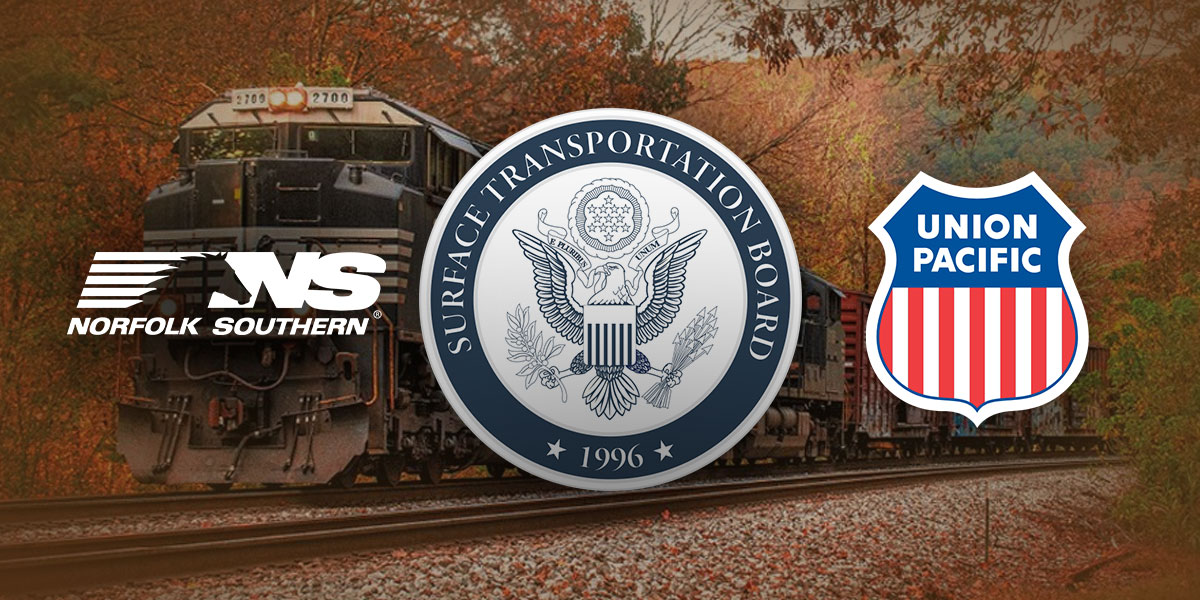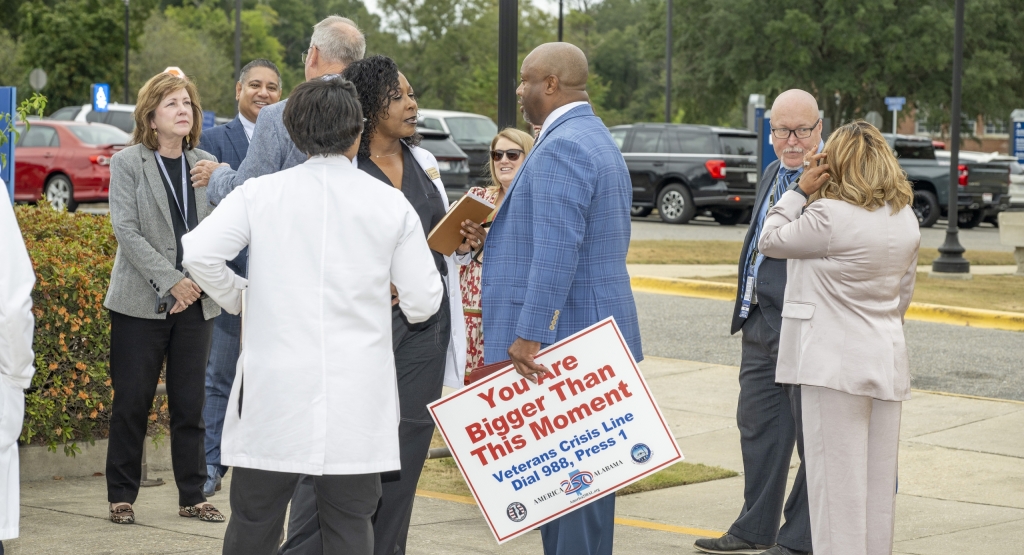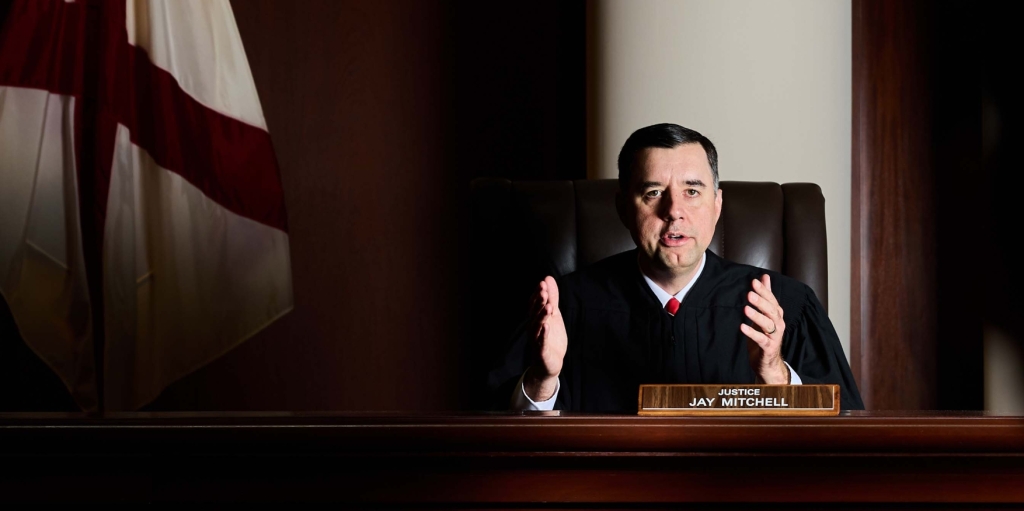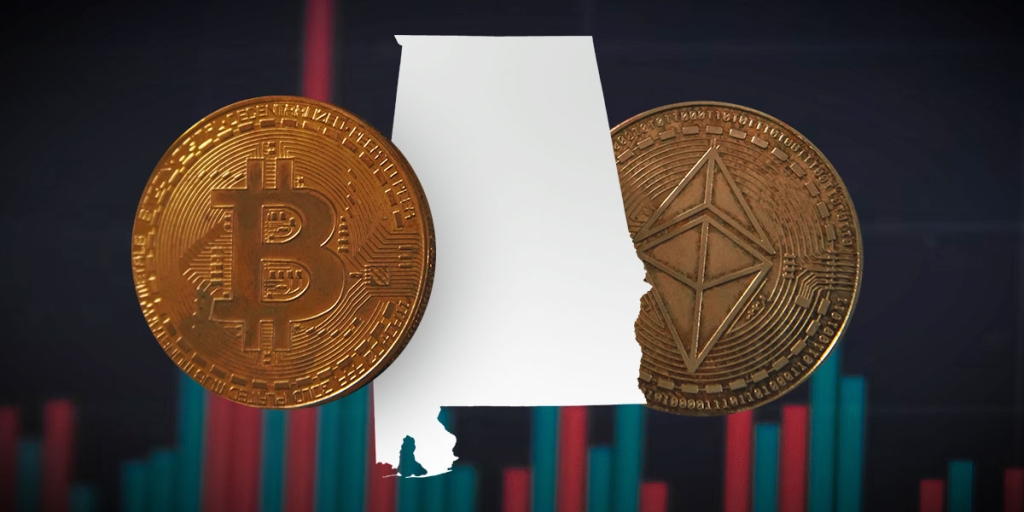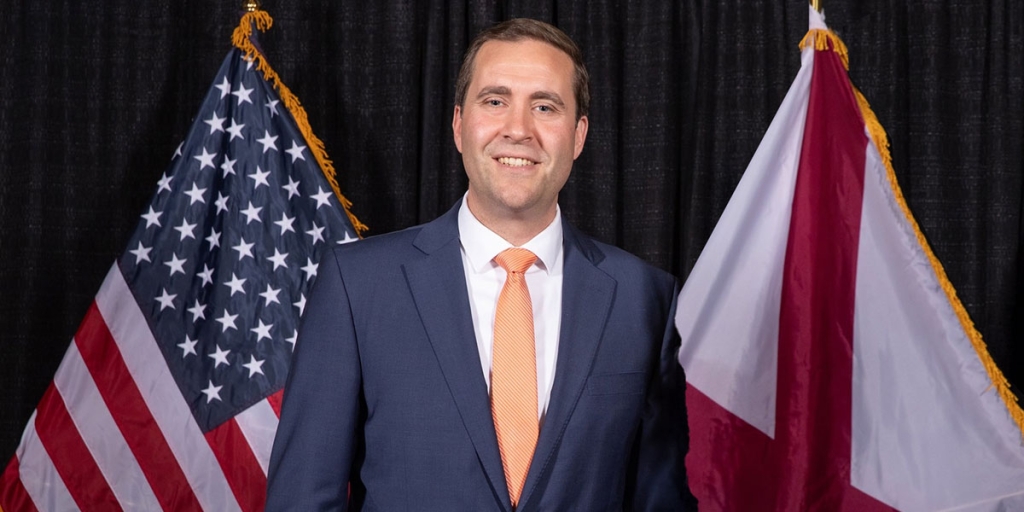Some will say that the government shutdown will hinder the Surface Transportation Board’s (STB) ability to analyze the competitive impact of the proposed UP/NS merger.
The fact of the matter is it does not matter because the STB was effectively neutered the moment President Trump fired the STB member he thought would oppose the merger.
And, just in case the message was unclear, the President subsequently met with and heaped praise on his new best CEO friend, the president of the Union Pacific Railroad.
Having received their marching orders, the STB members know what the outcome must be, and they know their jobs depend on making it so.
My father-in-law served as a conductor for a freight railroad company for over 40 years. I know from having had conversations with him before he retired that unchecked railroad power once spurred the very creation of America’s antitrust laws.
Those laws were intended to protect farmers, shippers, and consumers from the whims of railroad barons who dictated prices and routes. Today, despite more than a century of legal precedent, we risk returning to an era where a handful of executives determine who has access to the nation’s economic arteries.
Yet for the next year and a half, the STB will go through the motions of analyzing how the creation of the most powerful railroad monopoly in the country will increase competition and lower prices for shippers.
They will hold hundreds of hours of public hearings, review tens of thousands of pages of filings from affected parties, spend substantial sums on economic consultants, and produce a lengthy document that justifies what has already been decided.
The only unknown at this point is the location where the President of the United States will get to drive the golden spike celebrating his new transcontinental railroad.
It is interesting to note that the original Transcontinental Railroad Golden Spike ceremony celebrating the 1869 completion of the project did not go entirely to plan.
Central Pacific Railroad President Leland Stanford and Union Pacific Vice President Thomas Durant used a silver-plated spike maul to gently tap in the final golden spike so as to not scratch the maul or the spike.
The spike was then removed and the two railroad executives were given an iron spike and iron spike maul that were both wired to the transcontinental telegraph line so the nation could hear the blows as the spike was driven.
Stanford took a mighty swing at the spike but hit the tie instead.
Durant did not even hit the tie. According to the newspaper account, “Finally, a regular rail worker stepped up to the viewing area to drive in the last spike and the Western Union telegrapher sent the long-awaited message, D-O-N-E.”
The upcoming golden spike ceremony will likely go much smoother, but the symbolism will be hard to miss.
There will be much speechifying about better service and lower prices, but where the 1869 golden spike represented the opening of a continent, this one will represent the closing of competition.
Unlike the historic telegraph message of ‘D-O-N-E,’ this time the message our nation’s shippers will hear loud and clear is ‘Y-O-U-R-M-O-V-E.’ Only it won’t be a celebration — it will be a warning that the balance of power has shifted decisively away from them.
And after it is done and all the dignitaries have left the stage, they will have to step up alone to try and secure the promises of better service and lower prices from a railroad with market power unlike any other in the country.
Donna Skipper serves as President of the Republican Women of East Alabama




